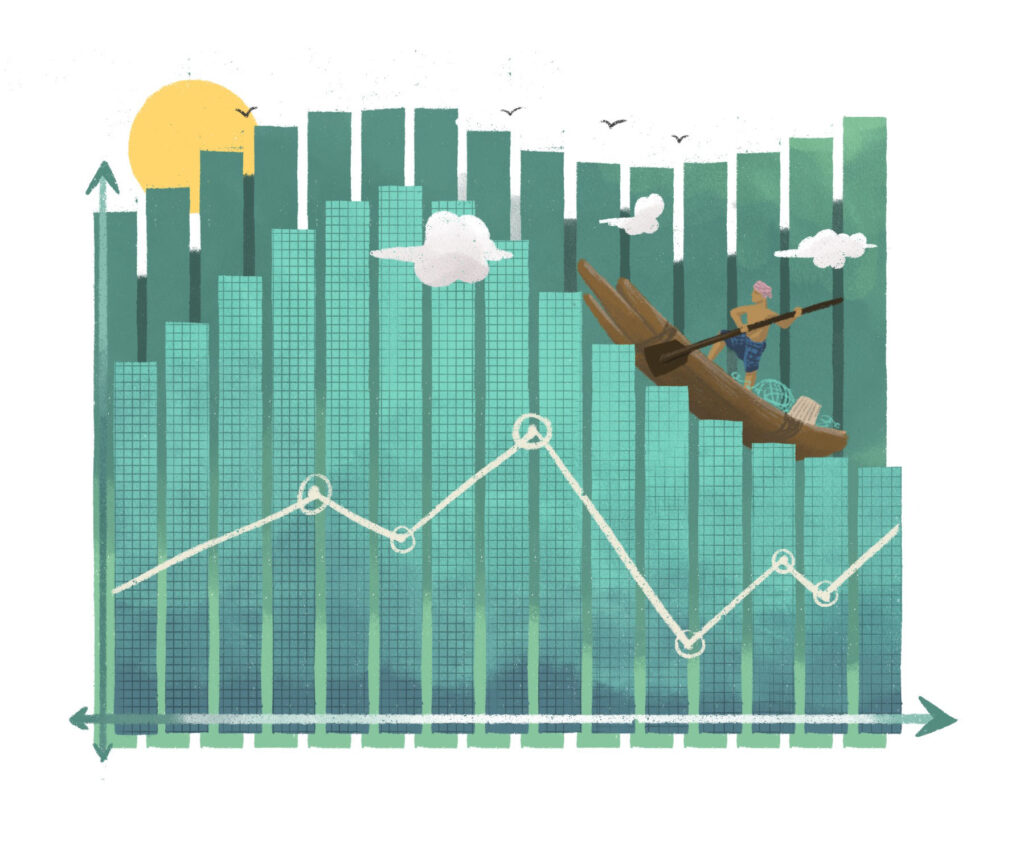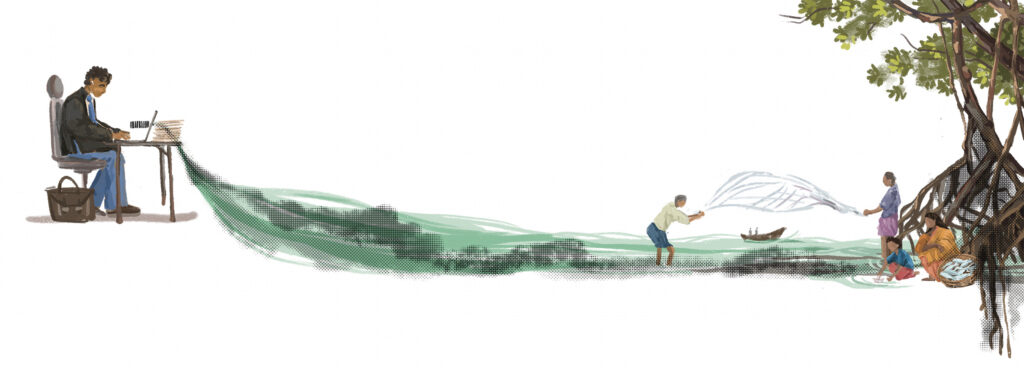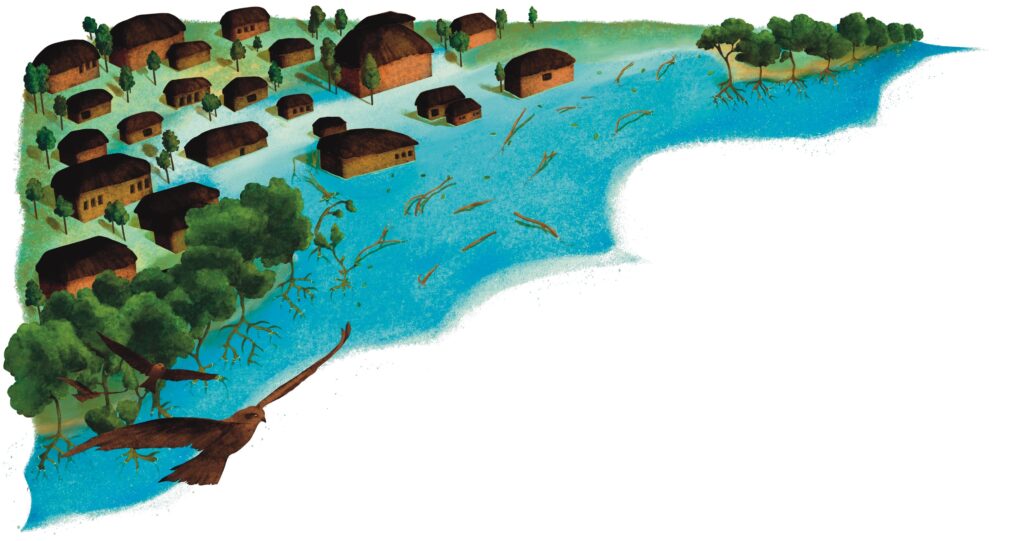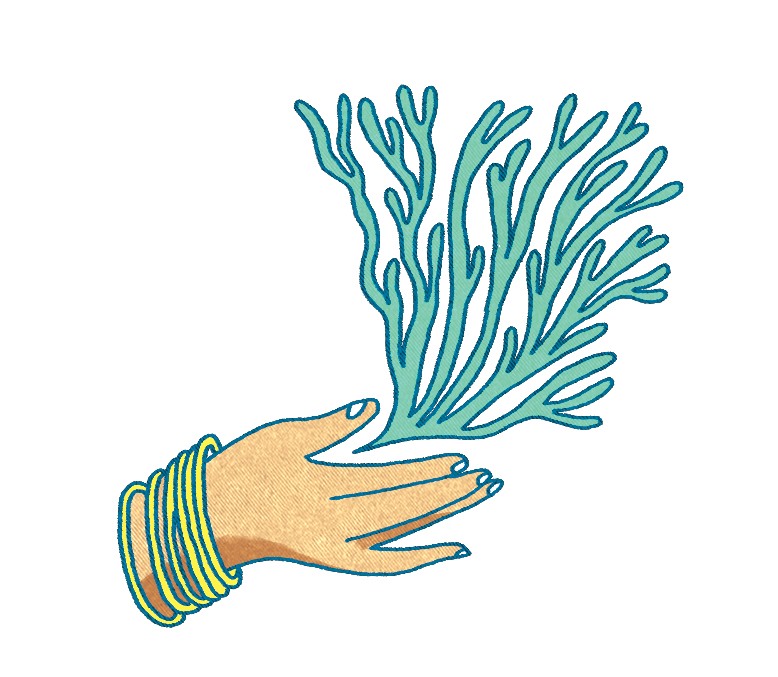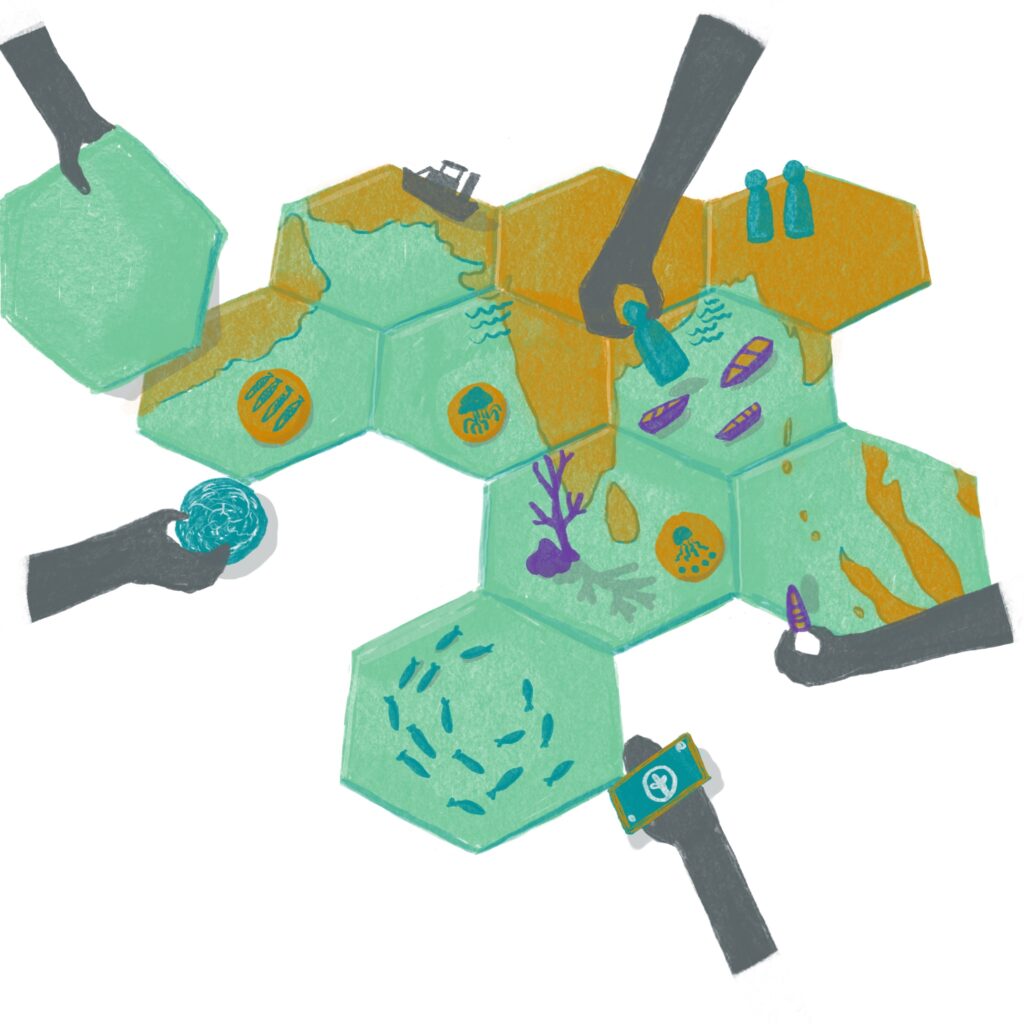“Much that once was is lost, for none now live who remember it.”
– Galadriel in The Lord of the Rings: The Fellowship of the Ring.
We often think of extinction as happening out there, in far away wild places, but it also takes place right inside our minds, in our everyday conversations and on social media. Beyond biological extinction, which takes place when the last animal or plant of its kind dies, species can live on in our collective memory, traditionally transmitted locally through word of mouth, art and literature, and more recently through movies, television, and the internet. These memories can, almost paradoxically, keep an extinct species like the passenger pigeon, present in our everyday lives long after they are gone. But, tragically, the contrary also occurs.
When a species disappears from, or has never been in, our minds despite still existing across the Earth, this lack of collective knowledge and memories of the species can accelerate its physical disappearance.
Introducing societal extinction
As more and more species become threatened or extinct, they also become increasingly isolated from people. A growing number of people live in cities, and spend increasing amounts of time indoors, becoming isolated from experiencing the natural world. This leads to the extinction of experience—the progressive loss of our daily interactions with nature, a situation that has been further aggravated with the arrival of the COVID-19 pandemic and the measures to contain it, such as lockdowns and remote work.
This process of disappearing from collective memory is what we refer to as ‘societal extinction’ in a recent paper—in contrast to biological extinction—and it often occurs gradually. Take, for example, the Japanese or Honshū wolf, which used to live on several islands of the Japanese archipelago, but went extinct by the early 20th century due to rabies and persecution by humans. Although it was once ubiquitous in the local culture, with many villages bearing its name, dedicated shrines, and representation in art and various traditions, its societal footprint is increasingly eroding because the
only remaining source of new experiences are a few museum specimens.
Societal extinction can also progressively impact local ecological knowledge. Studies among communities in southwestern China and with Indigenous people in Bolivia have shown the loss of local knowledge and memory of extinct bird species. Such memory loss eventually led to people forgetting the names of these species and also what they looked and sounded like. Yet, species that have been forgotten in wider society can sometimes maintain their cultural presence in rural or Indigenous communities through traditional ecological knowledge. But when cultural losses of a disappearing species occur for Indigenous communities, it is likely to be much more acute if they have strong cultural ties to the species. Indigenous people are, therefore, key allies in the efforts to maintain societal presence and memory of such species.
The scale
Societal extinction can also occur locally. The Tasmanian tiger and the Tasmanian devil used to inhabit both Tasmania and mainland Australia. With their extinction on the mainland, they were lost from Indigenous Australians’ memories here. However, their memories continued to persist in Tasmania, where they remained an important part of the local Indigenous culture.
Yet, extinct species can also remain highly present societally, or even increase in their prominence long after their extinction. Some are even used as conservation flagships to appeal to a targeted audience to attract their support for the conservation efforts of extant species.
One example is the enduring popularity of the dodo; centuries after its extinction, it is still widely used in popular culture, in works of art, as a mascot, and even as one of the main targets of the movement for de-extinction—a process of recreation of once extinct species, mainly through genetic resurrection. Ironically, the dodo is more globally salient today than it was when it went extinct.

The drivers
Whether a species will become societally extinct depends on many factors, including its charisma, societal importance in terms of symbolic or cultural values, whether and how long ago it went extinct, and how distant and isolated its geographic range is from human settlements and activities.
Societal extinction can also occur in extant species, often due to different social or cultural changes, such as the urbanization and modernization of society that can radically change our relationship with nature and lead to the collective loss of memory.
For example, in Europe, the replacement of traditional herbal medicine with modern medicine, which is much more reliant on synthetic products, is believed to have degraded general knowledge of many medicinal plants.
It is important to note that a majority of species cannot actually become societally extinct, simply because they never had a societal presence to begin with. This is common in uncharismatic, small, cryptic or inaccessible species, and especially among invertebrates, plants, fungi and microorganisms—many of which have not yet been formally described by scientists or noticed by humankind. They suffer declines and extinctions in silence, unseen by people and societies.
Why it matters
The understudied phenomenon of societal extinction can considerably challenge efforts aimed at the conservation of biodiversity, as it can affect our perception of the environment and expectations of its natural state, such as what is normal or healthy. Societal extinction can distort perceptions of the severity of threats to biodiversity and true extinction rates, and thus diminish the public support for conservation and restoration efforts. It can also reduce our will to pursue ambitious conservation goals. For example, it could reduce public support for rewilding efforts, especially if the targeted species are no longer present in our memory as a natural component of the ecosystem. Bearing in mind the ongoing extinction crisis, as well as our growing disconnection from nature, it is highly likely that countless cases of societal extinction still lie ahead, and that this process is going to intensify in the coming years. If we are to mitigate the process of societal extinction and its consequences for conservation, it will be necessary to address the problem through targeted, long-term marketing campaigns, and conservation education, as well as support for indigenous culture and storytelling, to revive, improve, and maintain memory of societally
extinct species.

How do we tackle it?
The rise of global internet connectivity has created the opportunity for large-scale conservation engagement efforts, but conservationists have yet to fully explore its potential. Wildlife already features in numerous aspects of our everyday digital lives, from Animal Crossing and King Kong to Tiger King to Guggimon. Wildlife is a major part of our culture, but that omnipresence is rarely purposefully used to positively influence how we feel about it and our actions as voters and consumers. This needs to change.
This is especially important in cases where there are very few or no living eyewitnesses of a species.
For example, each year on September 7, Australia celebrates the National Threatened Species Day. This day represents in fact the anniversary of the death of the last captive thylacine, or Tasmanian tiger, in the Hobart zoo, and helps maintain and strengthen the memory of the species. The collective memory of a species should also be rekindled in reintroduction programmes, as a way to tackle extinction beyond its biological component.
Such a process could follow the same path used to strengthen cultural identity by resurrecting lost languages, such as Cornish, to highlight the historic links between society and the reintroduced species, and thus help increase public support for conservation efforts.
Further Reading
Jarić, I., U. Roll, M. Bonaiuto, B. W. Brook, F. Courchamp, J. A. Firth, K. J. Gaston et al. 2022. Societal extinction of species. Trends in Ecology & Evolution. https://doi.org/10.1016/j.tree.2021.12.011.

